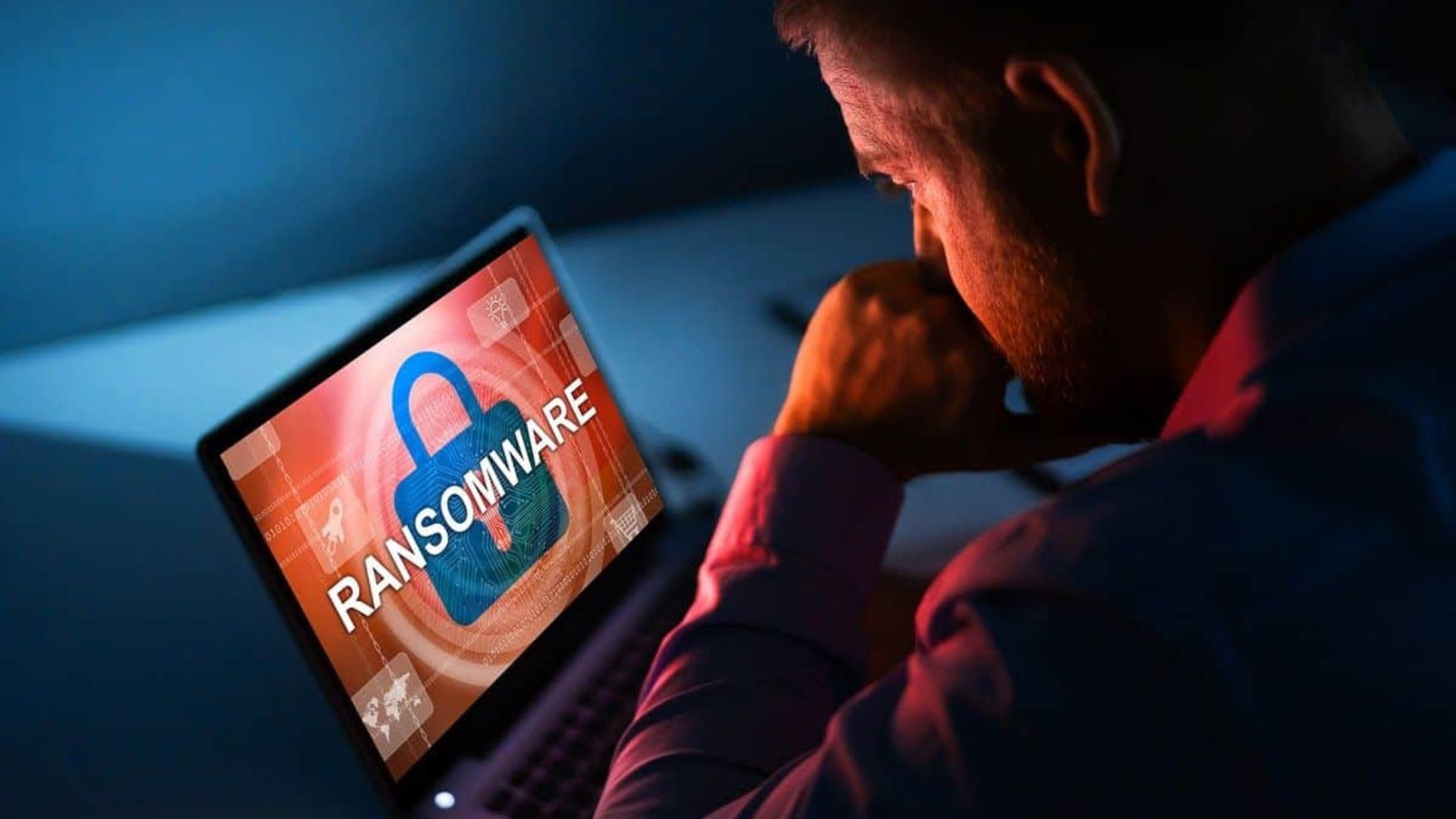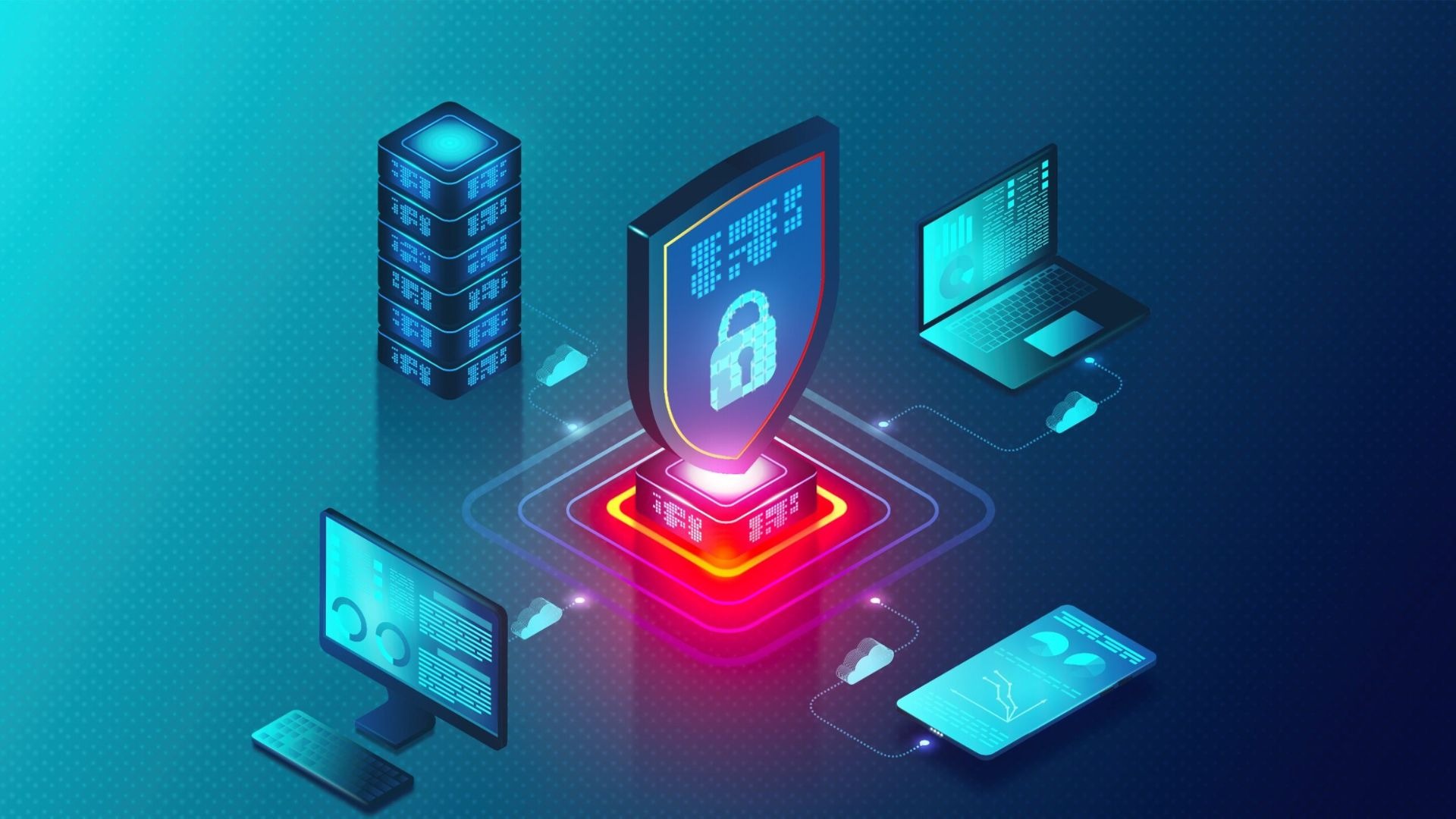Ransomware has become one of the most significant cybersecurity threats facing businesses today. Cybercriminals use this type of malware to encrypt files or lock users out of their systems, demanding payment in exchange for restoring access. These attacks are not just an inconvenience—they can cripple entire organisations, causing massive financial losses and operational disruptions.
In recent years, ransomware incidents have surged, with businesses of all sizes becoming targets. High-profile attacks on corporations, healthcare providers, and even government agencies highlight the severity of the threat. Small and medium-sized businesses (SMBs) are particularly vulnerable, as they often lack robust security measures to defend against these attacks.
With the growing sophistication of cybercriminals, no organisation can afford to ignore ransomware risks. This blog will explore how ransomware works, how businesses are being targeted, and—most importantly— how to protect your company from falling victim to cyber extortion.
What is Ransomware, and How Does it Work?
Ransomware is malware designed to block access to a computer system or encrypt critical files, leaving businesses unable to operate. Cybercriminals then demand a ransom, usually in cryptocurrency, in exchange for restoring access. However, paying the ransom does not guarantee recovery, as attackers may refuse to release the data or demand additional payments.

There are two primary types of ransomware:
- Locker Ransomware: This form locks users of their entire system, preventing access to desktops, applications, and files. Victims are presented with a ransom demand on their screen, leaving them with few options besides payment or system restoration from backups.
- Crypto Ransomware: This variant encrypts individual files or entire drives, making them unreadable without a decryption key. Businesses often face severe downtime and financial losses if unavailable or if backups are outdated.
Ransomware typically spreads through phishing emails, where employees unknowingly open malicious attachments or click on deceptive links. Other methods include exploiting software vulnerabilities, using compromised remote desktop connections, or embedding malware in seemingly legitimate downloads. Once inside a network, ransomware can spread rapidly, locking down multiple systems and escalating the damage.
Given its growing sophistication, ransomware poses a major risk to businesses across all industries. Without strong cybersecurity measures, companies risk losing sensitive data, facing reputational damage, and suffering costly disruptions.
The Evolution of Ransomware: A Look at Notorious Attacks
Ransomware has evolved significantly over the past three decades, transitioning from rudimentary malware to sophisticated cyberattacks targeting individuals, corporations, and critical infrastructure.
Early ransomware, like the 1989 "AIDS Trojan," used basic encryption to extort payments, but modern variants employ advanced techniques such as asymmetric encryption and exploit vulnerabilities in widely used systems.
Notable Ransomware Attacks:
- WannaCry (2017): This attack marked a turning point in ransomware history. Exploiting the EternalBlue vulnerability in Microsoft Windows, WannaCry spread rapidly as a self-replicating cryptoworm, infecting over 300,000 computers worldwide. It demanded Bitcoin payments and caused damages estimated at up to $4 billion.
- NotPetya (2017): Although disguised as ransomware, NotPetya functioned as a destructive cyber weapon. It primarily targeted Ukrainian systems but caused global disruptions, with damages exceeding $10 billion.
- Colonial Pipeline Attack (2021): This attack by the DarkSide group crippled fuel supplies in the US, leading to widespread shortages. The company paid a ransom of $4.4 million in Bitcoin to restore operations.
Ransomware-as-a-Service (RaaS):
The rise of RaaS has transformed ransomware into a business model. Skilled developers now sell ransomware kits to affiliates, who execute attacks for a share of the profits. This model lowers the barrier to entry for less experienced hackers, enabling widespread and frequent attacks. RaaS platforms provide tools, infrastructure, and customer support, making ransomware more accessible.
The evolution of ransomware reflects its increasing sophistication and profitability, posing an escalating threat to global cybersecurity.
How Cybercriminals Target Businesses

Ransomware attacks don’t happen randomly—cybercriminals use specific techniques to infiltrate business networks. Understanding how these attacks occur is the first step in preventing them.
- Phishing Emails: One of the most common attack methods, phishing emails trick employees into clicking malicious links or opening infected attachments. These emails often appear legitimate, impersonating trusted contacts, vendors, or executives to lower suspicion. Once clicked, malware is installed, giving hackers access to the system.
- Software Vulnerabilities: Outdated software and unpatched security flaws provide an easy entry point for attackers. Cybercriminals exploit these weaknesses to install ransomware without requiring any user interaction. Businesses that fail to update their operating systems, applications, and security patches remain at high risk.
- Weak Passwords and Credential Theft: Many businesses still rely on weak or reused passwords, making it easier for hackers to gain access. Attackers use brute force techniques or purchase stolen credentials from the dark web to break into accounts and spread ransomware within an organisation.
- Remote Desktop Protocol (RDP) Exploits: Businesses using RDP to allow employees to work remotely may unknowingly expose their systems to cybercriminals. Poorly secured RDP connections can be hijacked, giving hackers direct access to company networks.
Small and medium-sized businesses (SMBs) are particularly vulnerable to these attacks. They often lack the cybersecurity resources and dedicated IT teams that larger corporations have, making them easier targets for ransomware groups. Strengthening security measures is essential to reducing the risk of an attack.
The Cost of Ransomware
Ransomware attacks have far-reaching financial consequences that extend beyond the ransom payments themselves. These costs can cripple businesses and erode public trust.
Breakdown of Financial Impacts:
- Ransom Payments:
Many organisations feel compelled to pay ransoms to regain access to critical data. Australian companies reported an average ransom payment of AUD 9.3 million (USD 6 million) in 2024, reflecting a sharp increase in ransomware demands. Paying, however, does not guarantee complete data recovery, and some victims are targeted again. - Downtime and Lost Revenue:
Ransomware-induced downtime can disrupt operations for days or weeks, leading to significant revenue losses. Globally, incidents like WannaCry caused damages estimated between USD 4 billion and USD 8 billion due to lost productivity and recovery efforts. On average, businesses experience 21 days of downtime following an attack, severely affecting their bottom line. - Reputational Damage:
Cyberattacks erode customer trust, impacting future business opportunities. For instance, the Colonial Pipeline attack led to fuel shortages across the US, causing widespread panic. Even after paying a ransom of USD 4.4 million (approximately AUD 6.8 million), the company suffered long-term reputational damage. Similarly, the MediSecure ransomware attack in 2024 compromised the health data of nearly 13 million Australians, further illustrating the risks businesses face. - Regulatory Fines and Legal Consequences:
Businesses that fail to protect sensitive data may face legal repercussions. In Australia, new legislation requires companies to disclose ransom payments or risk fines of up to AUD 15,000. Ransomware incidents, including penalties, recovery expenses, and compliance failures, cost the Australian economy AUD 2.59 billion annually.
Total Losses in Australia
In recent years, ransomware has cost Australian businesses billions annually, with recovery costs averaging AUD 3.7 million per incident in 2024. These figures highlight the escalating financial toll of ransomware, underscoring the need for strong cybersecurity strategies to prevent devastating losses.
How to Protect Your Business from Ransomware

With ransomware attacks becoming more sophisticated, businesses must proactively strengthen their cybersecurity. A strong defence can mean the difference between a minor disruption and a complete operational shutdown. Here are key strategies to reduce the risk of an attack:
- Employee Training
Cybercriminals often infiltrate networks through human error. Regular staff training on identifying phishing emails, suspicious links, and other social engineering tactics can prevent attackers from accessing company systems. Employees should also be encouraged to report any unusual activity immediately. - Regular Data Backups
Maintaining secure backups is one of the most effective ways to recover from a ransomware attack without paying a ransom. Businesses should implement offline and cloud-based backups, ensuring critical data can be restored quickly. Backups should be tested regularly to confirm they are functional and up to date. - Endpoint Security Solutions
Advanced security tools such as antivirus software, firewalls, and endpoint detection and response (EDR) systems help detect and block ransomware before it spreads. Businesses should also enable automatic updates to patch vulnerabilities in software and operating systems. - Multi-Factor Authentication (MFA)
Enforcing MFA for email, remote access, and sensitive systems adds an extra layer of security, reducing the risk of unauthorised logins—even if passwords are compromised. - Network Segmentation
Separating networks into smaller, secure sections prevents ransomware from spreading across an entire system. This limits the impact of an attack and makes it easier to contain threats before they cause widespread damage.
What to Do if Ransomware Hits Your Business
A ransomware attack can be overwhelming, but acting quickly can help contain the damage and improve your chances of recovery. If your business falls victim to ransomware, follow these steps immediately:
- Disconnect Infected Devices
Isolate the affected computers and servers from the network to prevent the malware from spreading. Unplug Ethernet cables, disable Wi-Fi, and power down compromised systems where necessary. - Report the Incident to Authorities
In Australia, ransomware attacks should be reported to the Australian Cyber Security Centre (ACSC). Reporting helps track cybercrime trends and may assist in identifying vulnerabilities or recovery options. Depending on the severity of the breach, notifying affected customers and regulatory bodies may also be required. - Avoid Paying the Ransom
While it may be tempting to pay the ransom to regain access, there is no guarantee the attackers will restore your data. In many cases, businesses that pay become repeat targets. Paying also funds criminal operations, encouraging further attacks. - Contact Cybersecurity Professionals
Engage cybersecurity experts to assess the attack, remove the malware, and attempt data recovery. Specialists can also help determine how the breach occurred and implement measures to prevent future incidents.
Swift action is essential to contain the attack and mitigate its impact. A well-prepared incident response plan can make recovery smoother and reduce downtime.
Stay Ahead of Cybercriminals with Expert Support
Ransomware attacks are becoming more advanced, making proactive cybersecurity essential for businesses of all sizes. Relying on basic security measures is no longer enough—organisations must take a strategic approach to defend their systems, data, and reputation.
Working with IT security experts gives businesses the expertise and tools to identify vulnerabilities, detect threats early, and implement strong defences. From advanced threat detection to secure data backup solutions, cybersecurity professionals help organisations stay one step ahead of cybercriminals.
Datcom specialises in protecting businesses from ransomware and other cyber threats. Our team provides tailored security solutions, including risk assessments, network protection, and incident response services. Don’t wait for an attack to disrupt your operations—take action now to safeguard your business.
Contact Datcom today to learn how we can help protect your organisation from ransomware and strengthen your cybersecurity strategy.




